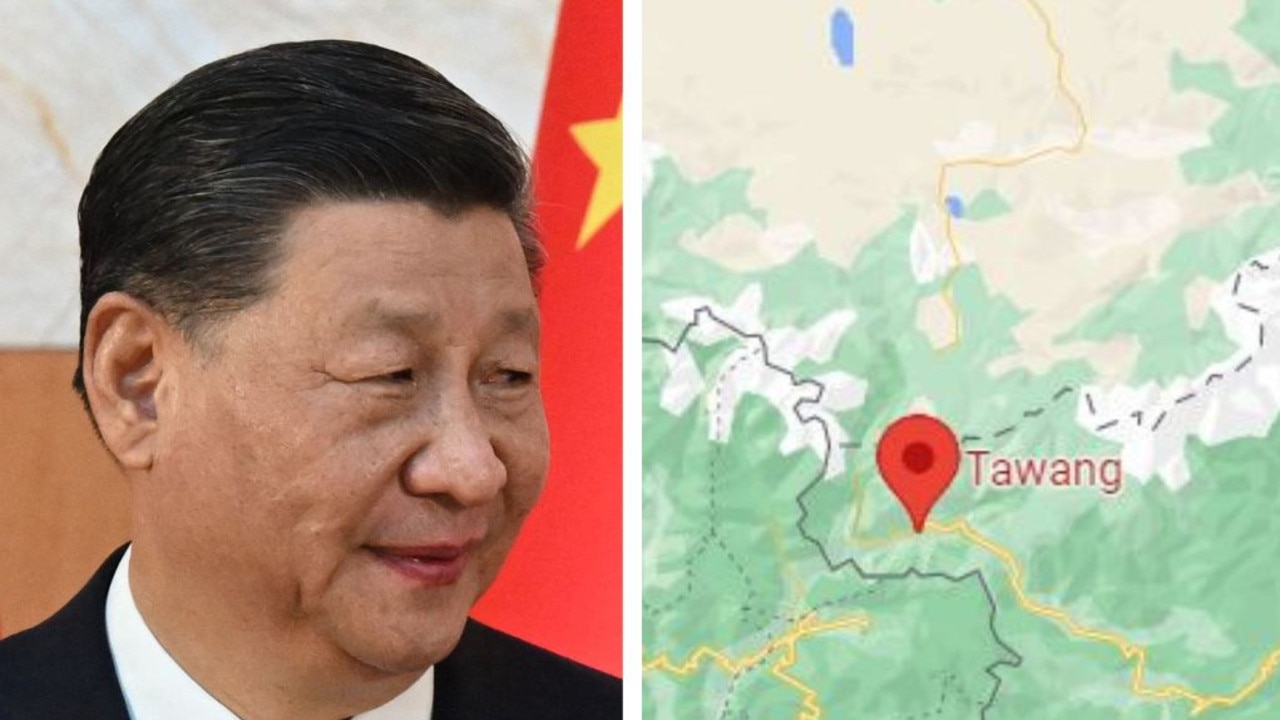A small village in a hotly contested region high in the Himalayas could become a chokepoint in the ongoing border dispute between China and India — the world’s two biggest nations with a combined population of 2.8 billion.
Tawang, a holy town home to India’s largest Buddhist monastery, is a pilgrimage site for Tibetan Buddhists. But China has a strong interest in the region and considers the town, which is part of the state of Arunachal Pradesh, to be illegally occupied by India.
Both countries share a frontier that is not fully demarcated, leading to several disputes between the two superpowers that have spilt over into violence in recent years.
The disputed border runs from the east of Bhutan across the Himalayas, with India asserting its boundary claim based on the 1914 McMahon line, named after the British foreign secretary of colonial India.
However, China refuses to accept the line and claims the entire Arunachal Pradesh region as its own. India says the border is 3,488km long, while China puts it at around 2,000km.
Tensions between the two nations have escalated in recent years, with both sides deploying tens of thousands of troops with heavy armaments along the disputed border.
Last year, a clash between soldiers in Tawang was seen as a sign that things could escalate.
A 1996 agreement between New Delhi and Beijing forbids the use of firearms during border skirmishes, however analysts fear the situation could quickly transition into something much worse, with the world’s two most populous nations both in possession of nuclear weapons.
“It‘s not just the Tawang sector,” Zhou Bo, a retired senior colonel in the Chinese People’s Liberation Army, said via the BBC.
“The entire Arunachal Pradesh [state], which we call southern Tibet, has been illegally occupied by India – it’s non-negotiable.”
An annual US intelligence threat assessment said relations between the two nations “will remain strained” and warned of the “elevated risk of armed confrontation … that might involve direct threats to American persons and interests”.
The report also stressed the need for “US intervention”.
“The expanded military postures by both India and China along the disputed border elevate the risk of armed confrontation between two nuclear powers that might involve direct threats to US persons and interests, and calls for US intervention,” the report read.
“Previous standoffs have demonstrated that persistent low-level friction on the Line of Actual Control (LAC) has the potential to escalate swiftly.”
Meanwhile, Australian Prime Minister Anthony Albanese arrived in India on Wednesday for a four-day visit expected to focus on shared concerns about China.
Albanese said he would meet US President Joe Biden soon in the United States, where they are expected to unveil a nuclear submarine deal aimed at countering China’s growing ambitions.
India and China have continued border negotiations in recent years, but progress has been limited. China has offered to give up its claim for sovereignty over most parts of southern Tibet, including Tawang, in exchange for India’s recognition of China’s sovereignty and control over Aksai Chin.
However, India has not been willing to give up its interests in the region and make concessions on Aksai China.
Later in January, a video emerged of a previously unreported battle between Chinese and Indian troops at the Himalayan border. The soldiers fought with rocks, sticks and metal pipes before breaking through a barrier.
Soldiers from both countries can be seen on mountainous terrain and separated by barbed wire.
Indian troops appear to be beating Chinese soldiers with makeshift weapons, including wooden sticks and pipes. Several of the soldiers throw bricks and stones.
Analysts declared the clash resulted in a victory for the Indian military.
Read related topics:China

